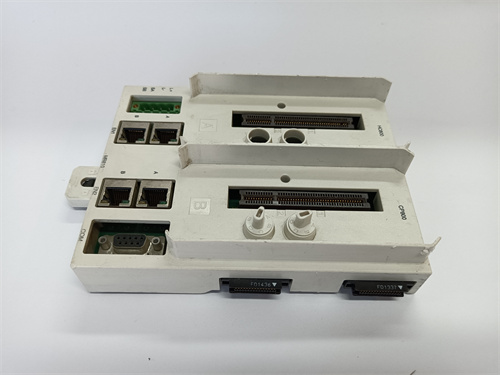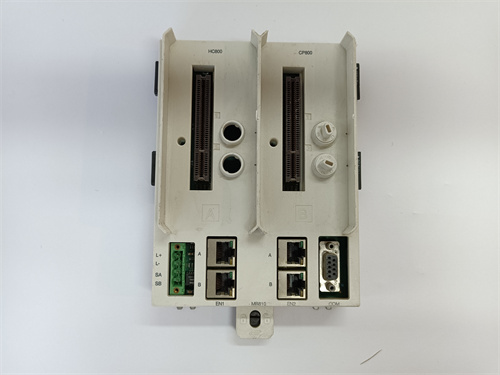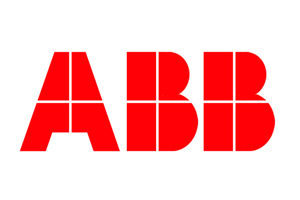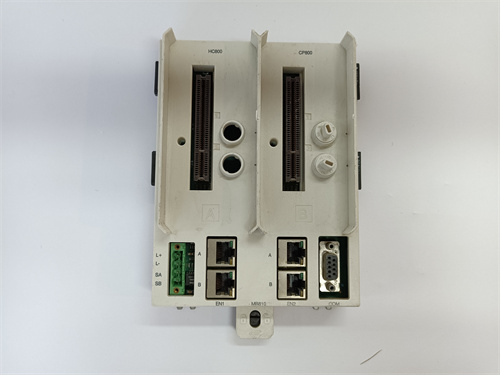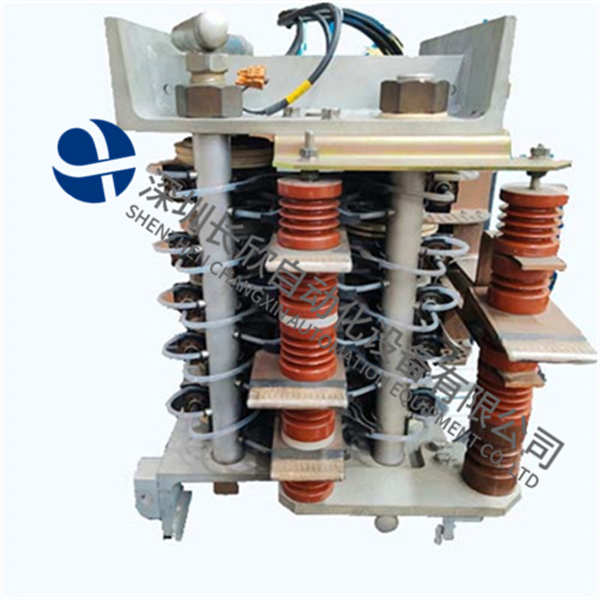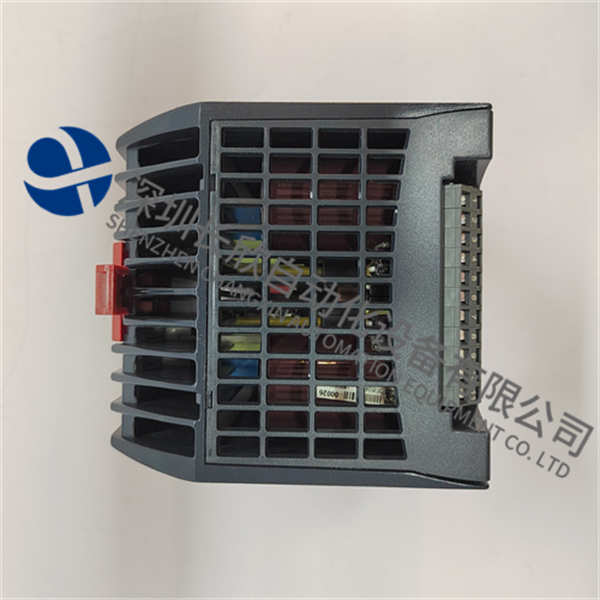描述
ABB MB810是一款功能强大的工业自动化控制模块,集成了高效电机控制、多协议通信与智能管理功能,广泛应用于制造业、电力、化工、建筑等领域。以下是其核心产品特性与技术优势的综合概述:
一、产品定位与核心功能
高效电机控制
作为变频器核心模块,通过调节电源频率与电压实现电机转速与扭矩的精确控制,支持节能运行(如PWM调制技术)。
适用于异步电机、同步电机,覆盖电力、冶金、化工等场景的复杂负载需求。
多协议通信与集成能力
支持以太网、Modbus、DNP3、IEC60870-5-101/104等工业协议,可无缝对接PLC、SCADA等系统。
最多支持6个网络I/O接口,兼容PLC调制解调器(如G3-PLC、PINT协议),适应不同行业法规要求。
智能管理与诊断
提供实时数据采集与分析功能,支持微软操作系统,可生成关键绩效指标(KPI)报告,优化运维效率。
自诊断模块可监测过流、过压、过热等故障,触发报警并生成维护建议。
二、技术特点
硬件设计
模块化架构:支持扩展模拟/数字I/O卡件,最大支持16路数字输入、16路数字输出及2路模拟量通道。
防护性能:防尘、防潮、防雷击设计,适应高温(-40°C至70°C)与多尘环境。
软件与编程
支持IEC 61131-3标准(梯形图、结构化文本等),提供专用编程软件及API接口,方便二次开发。
支持远程调试与配置,缩短系统部署周期。
能源效率
采用先进控制算法(如矢量控制、直接转矩控制),优化电机效率,降低能耗约20%-30%。
三、应用场景
制造业
控制生产线电机、机器人关节等,实现精准定位与节能运行。
电力系统
监测电网参数、智能电表数据,支持分布式能源管理与电网调度。
化工与石油行业
调节压缩机、泵等设备转速,优化工艺流程并减少污染。
建筑自动化
集成照明、空调系统,通过变频控制实现能效优化。
四、市场趋势与优势
需求增长:随着工业自动化升级,对高可靠性、低能耗变频器需求显著提升。
技术演进:未来将结合AI与边缘计算,实现预测性维护与自适应控制。
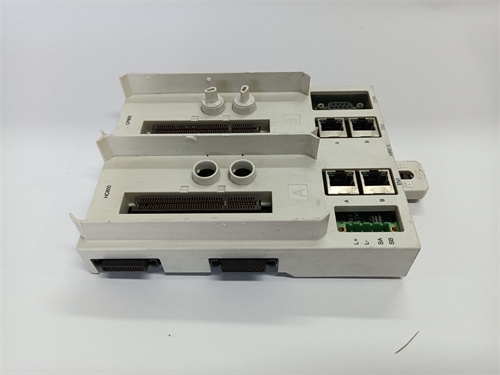
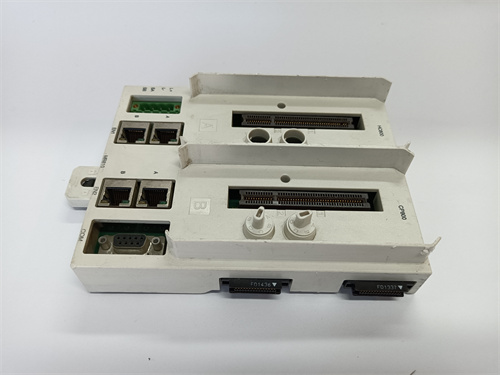
ABB MB810 is a powerful industrial automation control module that integrates efficient motor control,multi-protocol communication and intelligent management functions.It is widely used in manufacturing,power,chemical industry,construction and other fields.The following is a comprehensive overview of its core product features and technical advantages:
I.Product positioning and core functions
Efficient motor control
As the core module of the inverter,it can accurately control the motor speed and torque by adjusting the power frequency and voltage,and support energy-saving operation(such as PWM modulation technology).
Applicable to asynchronous motors and synchronous motors,covering complex load requirements in power,metallurgy,chemical industry and other scenarios.
Multi-protocol communication and integration capabilities
Supports industrial protocols such as Ethernet,Modbus,DNP3,IEC60870-5-101/104,and can seamlessly connect to PLC,SCADA and other systems.
Supports up to 6 network I/O interfaces,compatible with PLC modems(such as G3-PLC,PINT protocols),and adapts to regulatory requirements of different industries.
Intelligent management and diagnosis
Provides real-time data collection and analysis functions,supports Microsoft operating system,can generate key performance indicator(KPI)reports,and optimizes operation and maintenance efficiency.
The self-diagnosis module can monitor faults such as overcurrent,overvoltage,and overheating,trigger alarms,and generate maintenance recommendations.
2.Technical features
Hardware design
Modular architecture:supports expansion of analog/digital I/O cards,supporting up to 16 digital inputs,16 digital outputs,and 2 analog channels.
Protection performance:dustproof,moisture-proof,and lightning-proof design,adapting to high temperatures(-40°C to 70°C)and dusty environments.
Software and programming
Supports IEC 61131-3 standards(ladder diagrams,structured text,etc.),provides dedicated programming software and API interfaces,and facilitates secondary development.
Supports remote debugging and configuration to shorten the system deployment cycle.
Energy efficiency
Adopts advanced control algorithms(such as vector control and direct torque control)to optimize motor efficiency and reduce energy consumption by about 20%-30%.
3.Application scenarios
Manufacturing industry
Controls production line motors,robot joints,etc.to achieve precise positioning and energy-saving operation.
Power system
Monitors grid parameters and smart meter data,and supports distributed energy management and grid dispatching.
Chemical and petroleum industry
Adjust the speed of compressors,pumps and other equipment to optimize process flow and reduce pollution.
Building automation
Integrate lighting and air conditioning systems to optimize energy efficiency through frequency conversion control.
IV.Market trends and advantages
Demand growth:With the upgrading of industrial automation,the demand for high-reliability and low-energy inverters has increased significantly.
Technology evolution:In the future,AI and edge computing will be combined to achieve predictive maintenance and adaptive control.

